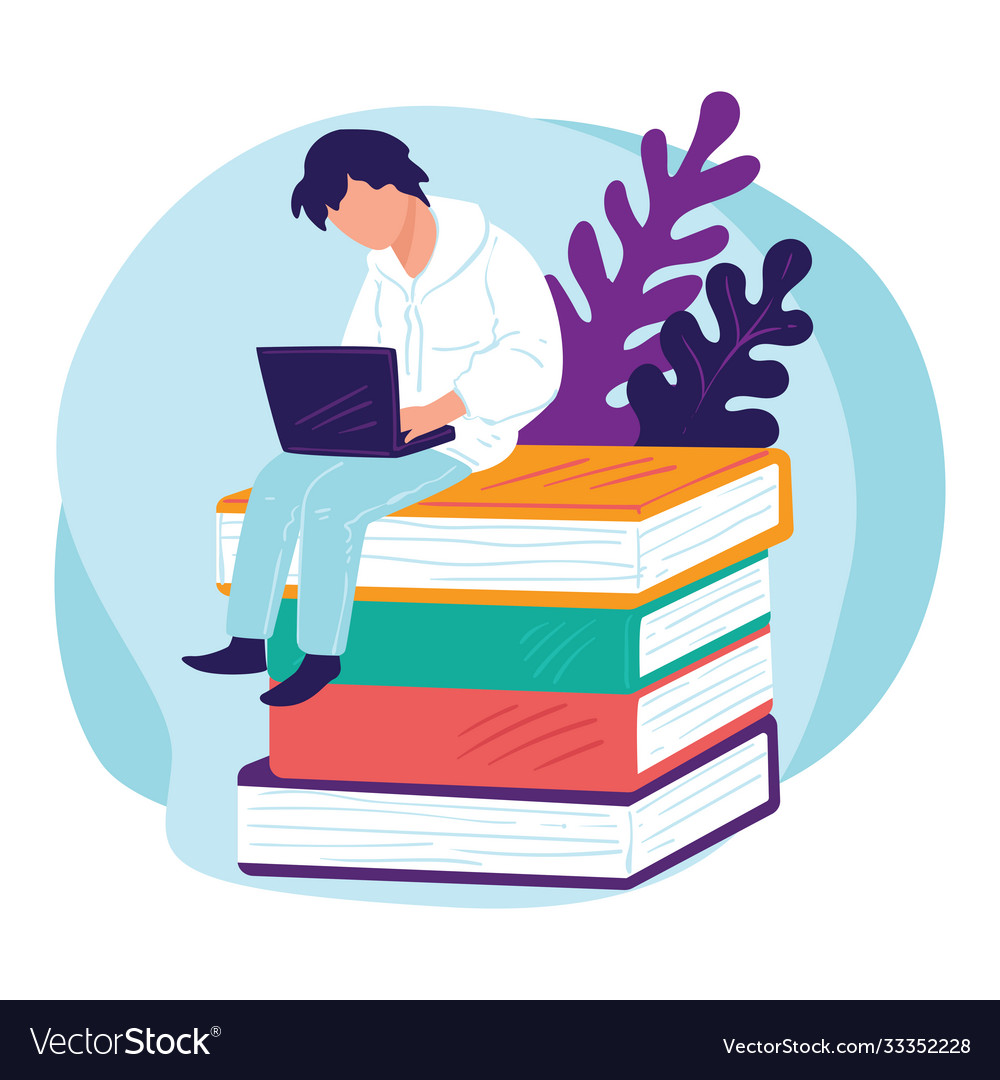Our school’s limit of three AP courses per school year raises the debate among students about whether this limit is fair or not, considering many other schools in the Bay Area do not have a limit on how many AP classes a student may take. Although some may argue that it is disadvantageous, I believe that it reduces mental exhaustion among students who may be signing up for more work than they can handle.
Students being granted a maximum of taking three AP courses per school year helps prevent extreme stress and burnout. Many students feel the need to overachieve during their high school years due to many factors, including the increasing competitiveness of college admissions and pressure to exceed familial expectations. This may induce frustration among MHS students, giving the impression that admission officers will favor students from other schools who took more advanced classes. However, this common misconception is false as colleges take school policies like the AP course limit into account when reviewing applications.
In addition to the factors that cause pressure among students to outdo each other academically, families play a major role as well. MHS’ population is predominantly Asian, and a great number of these Asian students come from immigrant backgrounds. According to PrepScholar, Asian students at MHS make up 65.9% of enrollment. In 2011, economist Marina Adshade found that “immigrant Asian parents are nine times more likely” to expect their children to complete a university degree than native-born Asian parents. Thus, many students feel pressured to uphold family standards to overachieve in school and get into a “good” university. The path to getting into a “good” college typically involves numerous advanced classes, perfect grades, and an innumerable amount of extracurricular activities. The fear of disappointing their loved ones or being deemed unsuccessful in life puts unnecessary stress and mental strain on teenagers. Essentially, students are eager to enroll in as many advanced classes as possible.
However, some students take more advanced courses than they can handle, especially those participating in extracurricular activities. This feeling of obligation may manifest from persistent lectures from their parents, asserting that they made great sacrifices for their children to have a successful future in this country. The National Alliance on Mental Illness determined that this growing pressure potentially contributes to a “higher rate of suicidal thoughts among Asian American college students compared to their white peers.” Seeing as MHS has such a vast Asian presence within the student demographics, it’s likely that the students are more susceptible to depression and suicidal thoughts.
Undoubtedly, AP classes contain a much heavier workload than regular high school courses. As students take more advanced classes than being able to handle in hopes of attaining a higher GPA, the opposite effect may result instead. Some will not have time or energy to put their full effort into each class, meaning they will underperform in one or possibly all of their classes. As a result of fatigue and dejection from their days occupied by schoolwork, the long-term effects can include depression, burnout, and extreme stress. In an attempt to minimize these negative impacts on students’ mental health, a limit to taking three AP classes per school year was established.
High schools seldom place a limit on how many AP courses a student may take, which makes the limit of three AP courses at MHS a distinctive feature. Some may consider this an adverse policy since the road to college is so competitive, but the prioritization of mental health and balance should be of utmost importance.

